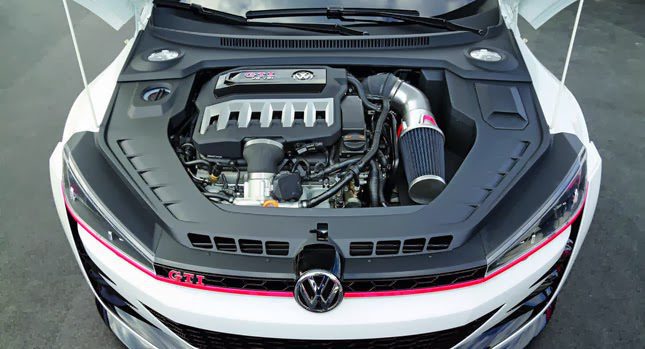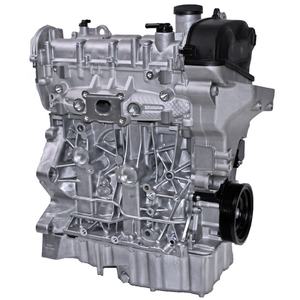Where to Discover the most effective Opel Corsa Engine for Replacement
Where to Discover the most effective Opel Corsa Engine for Replacement
Blog Article
Checking Out the Inner Operation of a Compact Vehicle's Engine System
As vehicle drivers, we often take for given the detailed procedures that happen within the confines of our lorry's engine system. In this expedition of a compact vehicle's engine system, we will unravel the inner functions of this mechanical symphony, shedding light on the secrets that drive us ahead on our day-to-day journeys.
Combustion Refine Review
The combustion procedure in a compact lorry's engine system is a vital system that efficiently transforms fuel into power to power the car. This procedure happens within the burning chamber of the engine, where fuel and air mix, stir up, and produce controlled surges. The combustion process includes four primary phases: intake, power, compression, and exhaust.
During the consumption stage, the piston moves downward, reeling in a mixture of air and gas right into the burning chamber. The next phase, compression, includes the piston relocating upward, pressing the air-fuel mix to boost its strength. Ultimately, in the power stage, the trigger plug sparks the pressed blend, resulting in a quick expansion of gases that requires the piston back down. This down activity produces the power required to drive the car. In the exhaust stage, the burned gases are eliminated from the combustion chamber via the exhaust shutoff, preparing the chamber for the next cycle. This cyclic burning procedure is fundamental to the procedure of a portable vehicle's engine system, making certain efficient energy conversion for propulsion.
Piston and Cyndrical Tube Communication

The piston's specific fit within the cyndrical tube is crucial for keeping ideal compression and avoiding energy loss throughout combustion. Tight clearances in between the piston and cylinder walls ensure reliable securing, enabling the piston to relocate smoothly without allowing gases to leak past. Proper lubrication is additionally crucial to minimize friction and use between these components, boosting durability and efficiency.
Moreover, the design and products utilized in making the piston and cyndrical tube effect engine effectiveness and sturdiness. Modern engines typically use light-weight yet sturdy products like aluminum alloys for pistons and cylinder linings to decrease inertia and boost thermal efficiency. On the whole, the harmonious communication between the piston and cyndrical tube is fundamental to the engine's performance and overall performance.
Fuel Shot System Performance
Gas shot systems in compact lorry engines play a vital role in precisely providing gas to the burning chamber read for efficient and regulated ignition. The fuel shot system works by injecting fuel right into the burning chamber at the optimal minute during the engine's procedure (opel corsa engine). This precise timing makes sure that the gas blends evenly with the air for proper burning, resulting in enhanced gas performance and reduced discharges
There are mostly 2 types of gas shot systems made use of in portable vehicle engines: port fuel injection (PFI) and direct fuel injection (DFI) PFI systems inject fuel into the intake port before the intake valve, while DFI systems infuse fuel straight right into the combustion chamber. Both systems have their advantages, with DFI offering better gas atomization and PFI giving a much more economical remedy.
Understanding Engine Cooling Devices
Efficient operation of a portable car's engine relies heavily on the performance of its cooling mechanisms. The cooling system in a portable vehicle commonly consists of a number of components working with each other to manage the engine temperature. Comprehending these engine air conditioning devices is important for keeping the efficiency and durability of a portable lorry's engine system.

Exhaust System Components Explained
The ideal performance of a portable vehicle's engine cooling mechanisms depends upon a complementary system known as the exhaust system, which comprises different necessary parts for ensuring efficient emissions and engine performance. The go to this website exhaust system includes parts such as the exhaust manifold, catalytic converter, muffler, and tailpipe. The exhaust manifold collects exhaust gases from the engine's courses and cyndrical tubes them to the catalytic converter. The catalytic converter after that transforms damaging contaminants in the exhaust into less hazardous emissions before launching them via the muffler and tailpipe.
One important component of the exhaust system is the oxygen sensing unit, which keeps an eye on the oxygen levels in the exhaust gases to help manage fuel usage and make sure optimal engine efficiency. opel corsa engine. Furthermore, the resonator may be existing in some exhaust systems to minimize noise degrees. On the whole, the exhaust system plays a crucial role in keeping engine effectiveness, reducing dangerous discharges, and ensuring a quieter driving experience for portable automobile owners

Final Thought
To conclude, the compact vehicle's engine system is a complicated mix of elements that collaborate to assist in the burning process, transform fuel into power, and expel waste gases. Comprehending the internal workings of the engine system, including the piston and cyndrical tube communication, gas shot system, engine cooling systems, and exhaust system elements, is crucial for keeping redirected here optimal performance and effectiveness of the vehicle.
The combustion process in a small lorry's engine system is a vital system that successfully transforms fuel right into power to power the automobile.Gas shot systems in compact car engines play an important duty in exactly providing gas to the burning chamber for reliable and regulated ignition.There are primarily 2 types of fuel injection systems used in compact vehicle engines: port fuel shot (PFI) and straight gas injection (DFI) Understanding these engine cooling mechanisms is vital for maintaining the efficiency and long life of a portable lorry's engine system.
The optimum performance of a portable automobile's engine air conditioning systems depends on a complementary system known as the exhaust system, which comprises numerous essential components for guaranteeing efficient emissions and engine efficiency.
Report this page